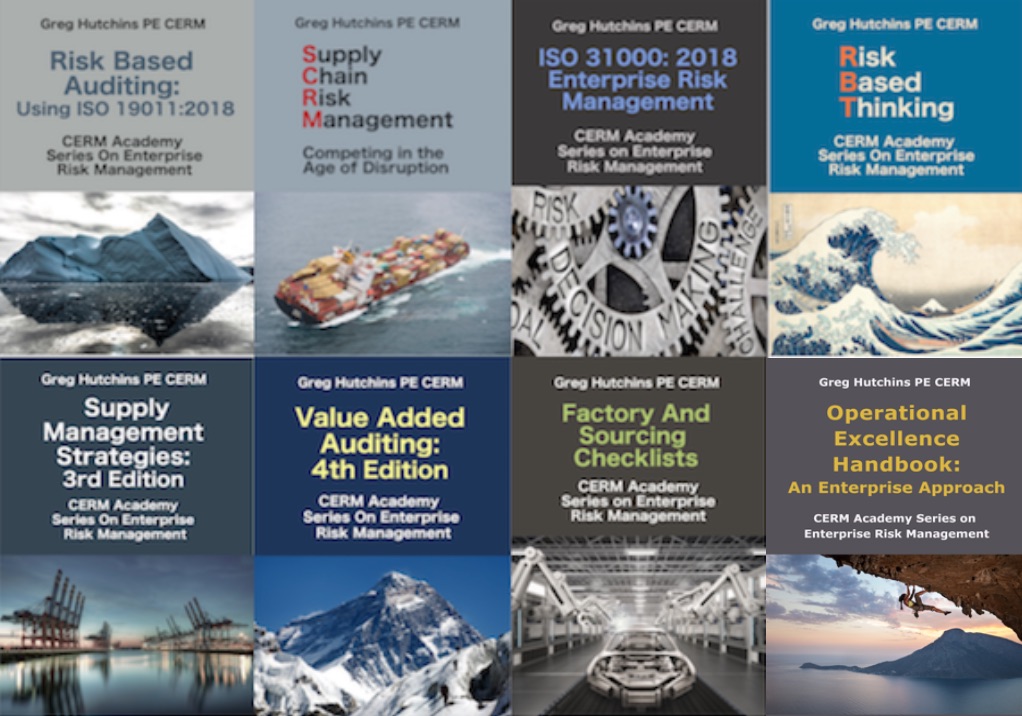 The quality profession has been very successful over the last 15 years. . American Society of Quality (ASQ) surged in membership, national prominence, and public policy influence. Quality and six sigma became synonymous with competitiveness and flawless execution. More than 1,000,000 companies are registered to ISO 9001.
The quality profession has been very successful over the last 15 years. . American Society of Quality (ASQ) surged in membership, national prominence, and public policy influence. Quality and six sigma became synonymous with competitiveness and flawless execution. More than 1,000,000 companies are registered to ISO 9001.
All of this success came at a significant cost and now begs the question: “What’s the role of a quality professional, when everyone is responsible for the quality of his or her efforts. Today, there is much soul searching what it means to be a quality professional and even where quality management is going.
In this article, we look at the state of quality today, illustrate how management makes key decisions, offer a new definition of quality and offer a future direction for quality management and the quality professional.
STATE OF QUALITY
The quality profession and ASQ have had a profound and lasting effect on US competitiveness, quality of life, and organizational competitiveness. ASQ, almost single-handedly took the lead on this and has done a remarkable job. But, we have been more successful than our fondest wishes; quality has been institutionalized in most organizations, as most process owners are responsible for their own work and for their quality. This calls into question the role of the quality professional and in a larger sense the future of quality.
Quality has evolved through the following distinct stages:
- Conformance focused.
- Market focused.
- Excellence focused.
- Value focused.
A brief explanation of various stages and definitions of quality can be seen below.
|
STAGES OF QUALITY Conformance Stage:
Market Stage:
Excellence Stage:
Value Stage:
|
WHAT’S THE NEXT STAGE?
The challenge is that quality movement and engagement seem to have stalled. Quality doesn’t seem to be part of national competitive or business strategic discussions any more. There is much soul searching on the future of quality.
The question becomes: What’s the next step in the evolution of quality as a discipline and as an improvement methodology in the new millennium? Our organization saw these trends several years ago and massively reinvented ourselves. We believe that the next major movement in the evolution of quality and quality management is risk and risk management. Risk and its mitigation is the one topic that keeps senior management awake at nights – both in the private and public sectors.
The bottom line for quality professionals is they should reframe their definition of quality around risk, develop career core competencies in this area, and add value to their employers and clients by offering risk management solutions. Let’s look at today’s business model.
CHANGES IN MANAGEMENT DECSION MAKING
As recently as ten years ago, quality was the primary filter for much management decision-making. It probably started in the mid 1980s when quality interest reached its apex. Malcolm Baldrige National Quality Award, six sigma, ISO 9000, and many other quality initiatives were launched with tremendous international success. But, things changed over the last 10 years. When quality was in its apex, most companies still made products and the only insignificant products and services were outsourced. Quality was considered the KEY ingredient to competitive success. Well times and business models change.
About 10 years ago, the primary decision making filter for senior management became value pricing so companies started outsourcing more non core activities. Management focused on price and cost in making capital budget, acquisitions, make/buy or other critical decisions. As management became smarter, they focused on the total cost of ownership of a product. In other words they looked at the total lifecycle cost of a product, acquisition, supplier, or product development. Companies started developing new business models.
CHANGING BUSINESS MODELS
Today’s Original Equipment Manufacturers (OEMs) regardless of the industry have adopted a new business model involving the following:
- Manage the brand.
- Design products.
- Outsource noncore products and services.
- Assemble and test products.
- Sell products.
The model is Darwinian in its focus on intellectual property and outsourcing. Today’s business model has certain key implications:
- Companies stick to their knitting, focus on what they do best, and outsource all other activities, including services and products. Highly standardized internal processes, often called ‘build to order’ or ‘mass customization, are adopted.
- Companies focus on their intellectual property, which is often design based. Generating new intellectual property is what creates new business opportunities and generates continuing returns.
- Companies focus on core, differentiated processes/products, and value adding processes. Jack Welch, the former CEO of GE, said its business units will be #1 or #2 in each market segment, otherwise GE would merge or sell its business unit. Tough words for tough economic times.
- Outsourcing is the key execution strategy to ensure that non core products and services can be integrated seamlessly into product development. Many OEMs commonly outsource up to 85% of their manufacturing dollar. Outsourcing with multiple suppliers has created additional uncertainty and risk.
MORE UNCERTAINTY
September 11, 2001 was epochal in how it changed society as well as business decision-making. There has been a sustained recession. The Internet bubble burst. The NASDAQ lost trillions of dollars in market capitalization. Major companies went into massive tailspins because of financial fraud. There is now massive uncertainty.
Uncertainty exists because of globalization, technology, mergers, acquisitions, saturated markets, and global competition. Uncertainty and risk arise from an inability to plan, execute, and ultimately control events. Also, the likelihood and consequences that potential events may occur are now part of every management discussion in companies as well as government.
Post 9/11, there has been a major shift in board of directors and senior management decision making both in the private and public sectors. Most senior management decision-making today is filtered through a risk filter. In the government arena, all Federal, state, and local agencies are focusing on risk and homeland security. In publicly held companies, board level and senior management decisions are based on a risk analysis because of a rise in personal accountability for the financials, lack of financial reporting transparency, lack of due diligence, Sarbanes/Oxley Act, SEC/NYSE regulations, and a number of other reasons.
Bottom line: Unfortunately, quality as it has been traditionally defined is no longer on the radar screen of many boards and senior executives. What can be done about the uncertainty? We’ll talk about in our next article.
Bio:
Greg Hutchins PE and CERM (503.233.101 & GregH@QualityPlusEngineering.com) is the founder of:
CERMAcademy.com
800Compete.com
QualityPlusEngineering.com
WorkingIt.com
He is the evangelist behind Future of Quality: Risk®. He is currently working on the Future of Work and machine learning projects.
He is a frequent speaker and expert on Supply Chain Risk Management and cyber security. His current books available on all platform are shown below:
